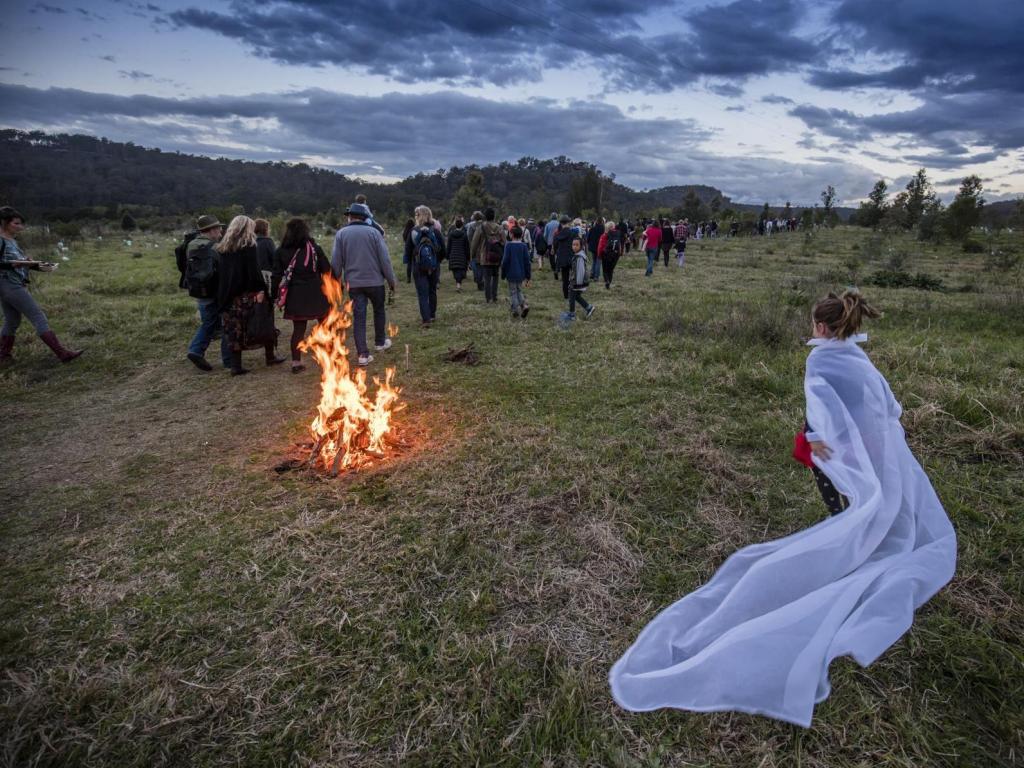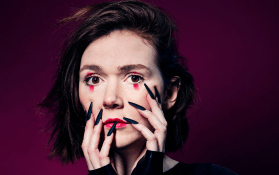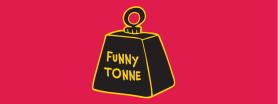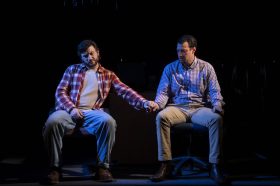Bundanon Medieval, Siteworks 2016. Photo by Mark Newsham.
From small, red dirt towns in Western Australia to farming communities in wheat and sheep country in Victoria and South Australia, an informal network of regionally invested arts organisations exists across Australia.
What connects these places is their desire to present site-specific and often experimental arts programming in regional locations, bringing locals with them on the journey.
Many offer artists the opportunity to be ‘in residence’, to invest deeply in a specific place or site, and to engage with communities through a wide range of creative practices.
‘There is huge enthusiasm for artists to work in a situated way, and to create moments of conversation,’ said Deborah Ely AM, Chief Executive Officer of Bundanon Trust.
Bundanon has been talking about place and making since it began in the early 1990s. Last year, Siteworks – a program that has bought together leading artists, performers, scientists, environmentalists and thought-leaders to address contemporary topics through experimental art practice – celebrated its tenth anniversary.
‘Siteworks evolved very organically, and I am interested where to take it next,’ said Ely. ‘Has it reached a cul de sac? As more and more of these things crop up all over the place – not as festivals, but a genuine conversation between a location, a community and artists – do those conversations become amplified?’
She observed that all of these different activities ‘have quite a different flavor’.
What does this new landscape look like? Talking PLACE is a regional arts symposium that allows stakeholders and other creative thinkers to explore the future of arts programming in the bush.
Including representatives from IAS in Western Australia; Unsound and Wired Labs from Wagga Wagga; Cementa and the Yeomans Project from Kandos, the open format symposium will be led by Sarah Miller, Professor of Performance at the University of Wollongong.
Talking PLACE will be hosted by Bundanon Trust on Saturday 5 October, from 12 noon – 5pm. It is a ticketed event.
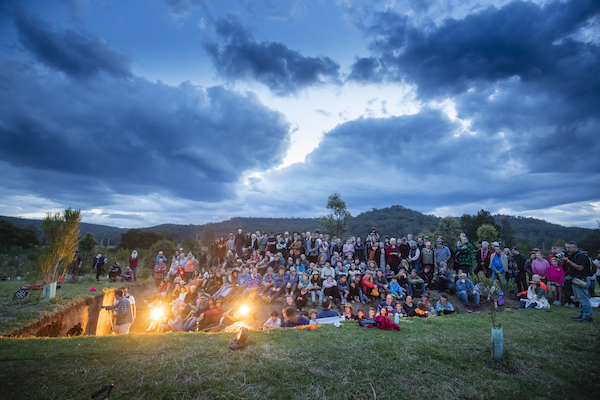
Bundanon Medieval, Siteworks 2016. Photo by Mark Newsham.
Ambition is the backbone of regional practice
Demographics show that more artists are choosing to work regionally.
‘We know of the economic challenges artists face, but it also says a lot about the kind of difficulties – the challenges to connectivity – that people experience in the city. There is a diminution of support, and for that reason our cities have become more arid for some artists.’
What has risen in the wake of change is an interesting phenomenon. ‘It is very different to the music industry’s “big bush bash”; it has a more serious intent,’ Ely said.
‘It’s important to recognise that these are not local festivals either; they are not community arts driven. They are very ambitious, and often bring artists with international focus into their remit within these very specific, small local settings.’
Ely is a fan of ambition. ‘You should be having conversations at the highest possible level; to engage with the thought leaders out there internationally, regardless of where you are located.
‘Ambition doesn’t mean you have to take on more of things – more flesh on the day, more budget, or to be physically bigger. Ambition doesn’t have to do with scale; it has to do with depth, she said.
All the participants in the October symposium demonstrate a high level of ambition, despite their often regional locations, building and sustaining their activities over a long period.
Ely said she felt the ‘long form project’ was important. ‘On the one hand it’s about building trust with audiences – many of our local audience would not [at first] have come to something involving contemporary experimental arts, but over time they have come to really enjoy the challenge of what they witness.’
The symposium aims to unpack some of the questions sparked by this growth and ambition. Why did these events start, and what do they hope to achieve? How have local audiences responded to that opportunity, and how has local experience shaped these events?
Ely said that one of the important foundational conversations will ask: How do you make work on other people’s land?
‘I think it is a learning place. It’s something that everyone has given much more consideration to in past decade … but now it is time to go a bit deeper,’ she told ArtsHub.
‘From Siteworks’ beginnings, we collaborated with local Indigenous people and artists, and some artists expressed a discomfort at making work on other’s land. We are all gradually learning what that means.. This will be an interesting moment to reflect upon how you bring those traditional custodians further forward in the conversation,’ she said.
Talking PLACE is an opportunity for the arts sector and other stakeholders to come together and share their learnings of the past two decade.
Speakers for Talking PLACE include:
- Dr Marnie Badham, RMIT
- Michael Cohen, City People
- Professor Ross Gibson, University of Canberra
- Linda Kennedy, Future Black
- Sarah Last, The Wired Lab
- Marco Marcon, IAS
- Vic McEwan, The Cad Factory
- r e a, University of Queensland
- Ian Tully, Swan Hill Gallery
- Alex Wisser, Cementa
Location: The Symposium will be held at Bundanon Trust in NSW at the Boyd Education Centre, 170 Riversdale Road, Illaroo. Cost is $25 Full / $10 Concession.
